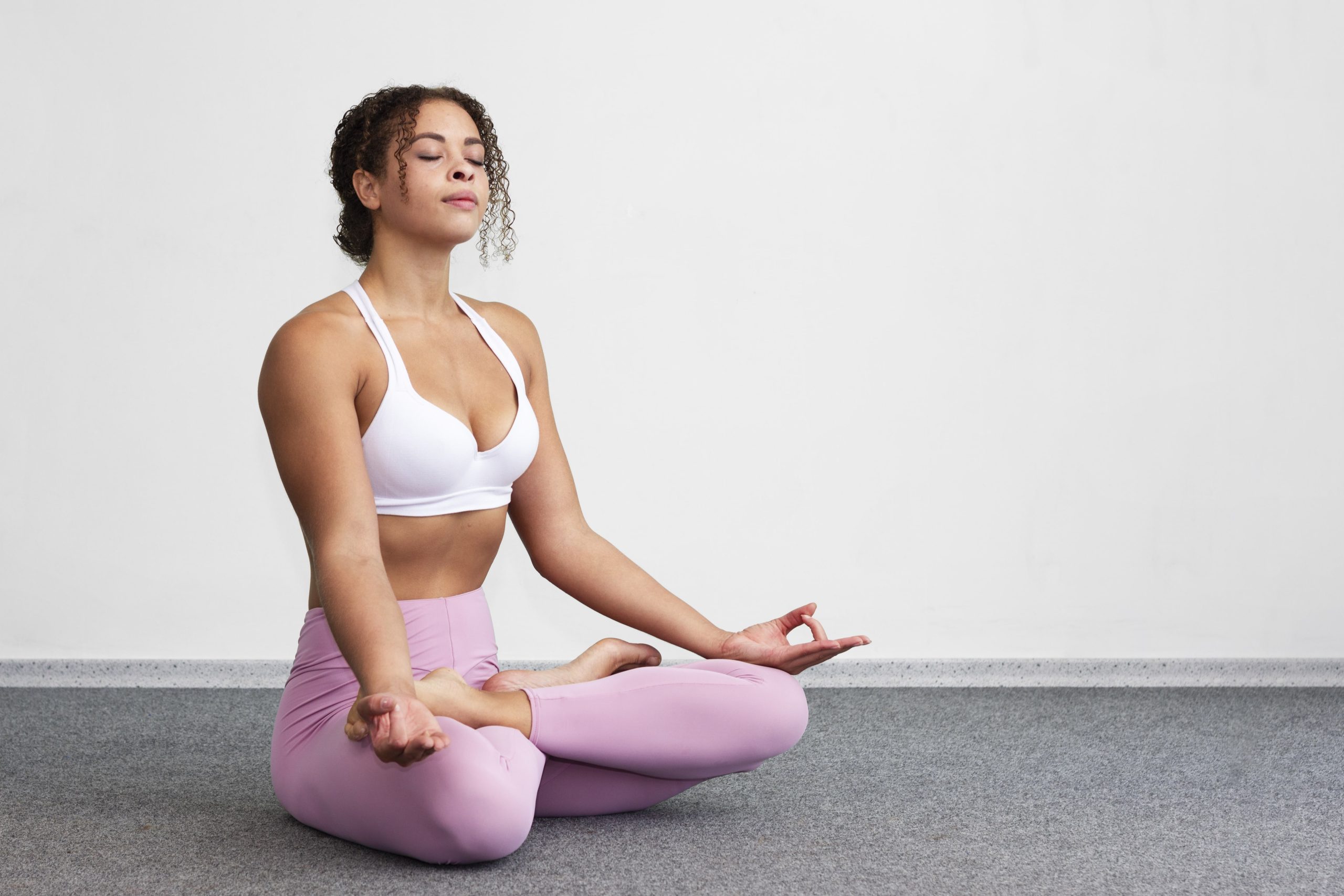Yoga has long been recognized as a holistic practice that benefits both the body and mind. It offers a pathway to cultivate strength, enhance flexibility, and alleviate stress, making it a valuable addition to anyone’s wellness routine.
Introduction to Yoga
Yoga, an age-old tradition with its roots in India, includes a combination of physical poses, breathwork, meditation, and philosophical teachings. It is not merely a form of exercise but a comprehensive approach to achieving balance and harmony in life.
Understanding Strength in Yoga
Building Physical Strength
Yoga poses, or asanas, work various muscle groups, helping to build strength and endurance. Poses like plank, warrior series, and chair pose target different parts of the body, such as the core, arms, legs, and back, fostering overall physical strength.
Enhancing Mental Strength
In addition to physical strength, yoga cultivates mental resilience and fortitude. Through breath awareness and mindfulness practices, individuals develop mental clarity, focus, and the ability to navigate challenges with calm and composure.
Yoga for Flexibility
Importance of Flexibility
Flexibility is essential for maintaining joint health, preventing injuries, and improving overall mobility. Yoga promotes flexibility by stretching and lengthening muscles, tendons, and ligaments, enhancing range of motion and suppleness.
Key Poses for Flexibility
Poses like downward-facing dog, forward fold, and pigeon pose are instrumental in increasing flexibility. These poses target tight areas such as the hamstrings, hips, and shoulders, gradually loosening and releasing tension.
Managing Stress Through Yoga
Stress and Its Impact
Chronic stress negatively affects both physical and mental well-being, contributing to a host of health issues such as hypertension, insomnia, and anxiety. It is imperative to adopt effective stress management techniques to mitigate its harmful effects.
Yoga Techniques for Stress Relief
Yoga offers a multitude of techniques to alleviate stress and promote relaxation. Practices such as gentle movement, deep breathing, and meditation activate the parasympathetic nervous system, inducing a state of calm and tranquility.
Incorporating Yoga into Daily Routine
Creating a Yoga Practice
Establishing a regular yoga practice doesn’t require elaborate equipment or a significant time commitment. Even a few minutes of yoga each day can yield profound benefits. Start with simple poses and gradually progress to more advanced sequences.
Tips for Consistency
Consistency is key to reaping the full rewards of yoga. Set realistic goals, carve out dedicated time for practice, and stay motivated by focusing on how yoga makes you feel. Find joy and fulfillment in the journey of self-discovery and self-care.
Conclusion
Yoga serves as a powerful tool for enhancing physical strength, flexibility, and stress relief. By embracing its principles and integrating its practices into daily life, individuals can embark on a transformative journey toward improved health and well-being.
FAQs
- Is yoga suitable for beginners? Absolutely! Yoga is for everyone, regardless of age, fitness level, or experience. Beginners can start with basic poses and gradually progress at their own pace.
- Can yoga help with weight loss? While yoga primarily focuses on overall well-being, certain styles of yoga, such as vinyasa or power yoga, can contribute to weight management by increasing calorie expenditure and building lean muscle mass.
- How often should I practice yoga? Aim to practice yoga at least a few times a week to experience its benefits. Consistency is more important than duration, so even short daily sessions can yield positive results.
- What if I’m not flexible? Flexibility is not a prerequisite for practicing yoga. Yoga is about meeting yourself where you are and working with your body’s unique capabilities. Over time, regular practice will gradually improve flexibility.
- Can yoga replace other forms of exercise? While yoga offers numerous physical benefits, it’s beneficial to incorporate a variety of activities into your fitness routine for optimal health. Yoga can complement other forms of exercise, such as cardio or strength training, to create a well-rounded fitness regimen.
We hope you liked this “Find Your Balance: The Ultimate Guide to Strengthening, Stretching, and Relaxing with Yoga” Like a Pron article and understood all the information. Thank you for visiting our article “Find Your Balance: The Ultimate Guide to Strengthening, Stretching, and Relaxing with Yoga”! Please share this article “Find Your Balance: The Ultimate Guide to Strengthening, Stretching, and Relaxing with Yoga” page with your friends, relatives and other people so that if they ever want to buy a car in the future then they can check out these cars once and to always get such interesting content, visit our website’s home page and turn on notifications so that our latest news reaches you first.
Read More
The Ultimate Guide to Understanding HIIT (High-Intensity Interval Training) and Its Benefits

